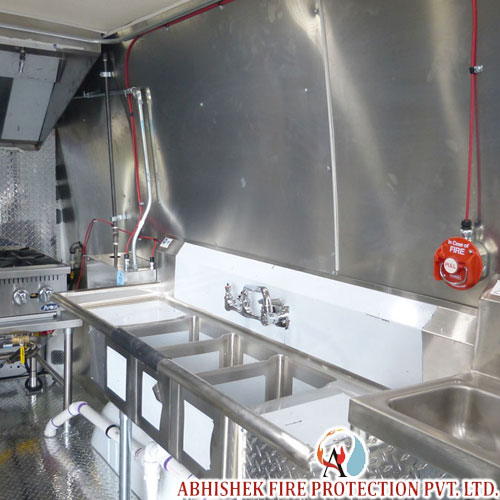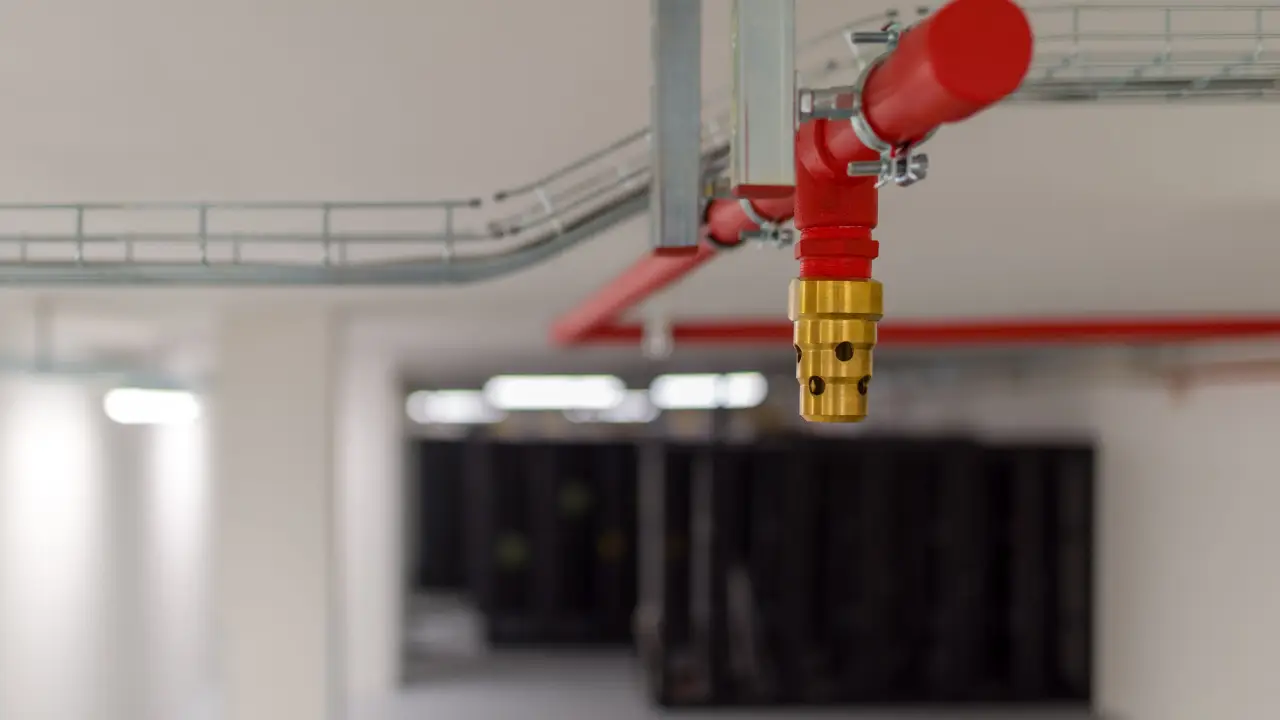Food Truck Fire Suppression System Cost & Price Guide
Food Truck Fire Suppression System Cost & Price Guide
If you’re running a food truck, one of the most critical investments you’ll make is in a fire suppression system. It’s not just about compliance; it’s about protecting your livelihood, your employees, and your customers. The cost of a food truck fire suppression system can be a significant expense, but understanding the factors that influence the price is key to making a smart purchase. This guide will break down everything you need to know, from basic component costs to installation fees, helping you budget effectively for this essential safety equipment.
Why Your Food Truck Needs a Specialized System
You might wonder why you can’t just use a standard kitchen extinguisher. The reason is speed and power. A commercial kitchen on wheels contains concentrated fire hazards—high-output griddles, fryers, and open flames in a tight space. A specialized automatic fire suppression system is designed to react in seconds, deploying a wet chemical agent that not only smothers the flames but also creates a foam layer to prevent re-ignition. This immediate action can mean the difference between a minor incident and a total loss. The National Fire Protection Association (NFPA) code 96 specifically outlines the requirements for ventilation and fire protection in commercial cooking operations, making these systems a legal necessity in most jurisdictions.

Breaking Down the Cost Components
The total price isn’t just one number. It’s a combination of several factors. Generally, you can expect the total cost for a new food truck fire suppression system, including installation, to range from $1,500 to $4,500. Here’s what you’re paying for:
- The Core Unit and Tanks: This is the heart of the system, including the cylinder filled with wet chemical agent and the piping. Cost: $500 – $1,500.
- Nozzles and Actuators: Each cooking appliance (fryer, grill, range) needs its own dedicated nozzle. More appliances mean a higher cost.
- The Automatic Fusible Link: This is the trigger that releases the system when it detects excessive heat. It’s a relatively small cost but vital.
- Manual Pull Station: A backup way to activate the system manually.
- Installation Labor: This is a major part of the cost. A certified technician must install the system to ensure it works correctly and meets code. Labor can range from $500 to $1,500 or more.
- Annual Inspection and Maintenance: While not an upfront cost, budgeting for yearly service ($150 – $300) is crucial to keep your system in compliance and operational.
Comparing System Types and Their Price Tags
Not all fire suppression systems are created equal. The type and size of your cooking equipment will dictate the best system for your truck. The most common type uses a wet chemical agent, which is ideal for grease fires. Here’s a quick comparison to help you understand the options:
| System Type | Best For | Estimated Material Cost | Pros |
|---|---|---|---|
| Wet Chemical (Standard) | Most food trucks with fryers, griddles, and charbroilers | $800 – $2,000 | Highly effective on grease fires, creates a soapy foam layer to prevent re-flash. |
| Wet Chemical (High-Capacity) | Trucks with extensive cooking surfaces or multiple high-BTU appliances | $1,500 – $2,800 | Covers larger hazard areas, necessary for complex kitchen layouts. |
| Clean Agent Systems | Enclosed areas with electronic equipment (e.g., a POS system station) | $1,000 – $2,500 | Does not leave residue, safe for electronics. |
John Miller, a fire safety consultant with over 15 years of experience specializing in mobile kitchens, emphasizes the importance of a proper assessment. “I’ve seen too many owners try to cut corners with a system that’s too small for their setup,” says Miller. “It’s not just about putting out a fire; it’s about having enough agent to cover all your appliances simultaneously. A proper risk assessment by a qualified professional is non-negotiable.”
Key Factors That Influence Your Final Bill
Why is there such a wide price range? Several variables will affect your final cost for a food truck fire suppression system.
- Number and Type of Appliances: A truck with a single griddle will cost less to equip than one with a double-stacked fryer, a charbroiler, and a stove. Each appliance requires its own nozzle and a share of the chemical agent.
- Size of the Kitchen Area: A larger hood and duct system requires more piping and a larger tank of suppressant, increasing the cost.
- Brand and Quality: Established brands like Ansul or Amerex might carry a premium compared to generic alternatives, but they often come with proven reliability and widespread service networks.
- Geographic Location: Labor rates for certified technicians can vary significantly from one city to another.
- New Truck vs. Retrofit: Installing a system in a new truck being built from the ground up is often easier and cheaper than retrofitting an existing vehicle.
Installation and Maintenance: The Hidden Costs
Don’t forget about the long-term costs. The initial installation must be performed by a certified professional. According to data from NFPA, improper installation is a leading cause of system failure in real-world fire scenarios. After installation, you are legally required to have the system inspected every six months by a certified technician. The average cost for this service is between $150 and $300 per inspection. Additionally, if the system is ever discharged, you must have it fully recharged, which can cost $500 or more. Budgeting for these ongoing expenses is part of the total cost of ownership for your fire suppression system.
Making a Smart Investment for Your Business
When evaluating the cost of a food truck fire suppression system, think of it as insurance. A single fire can result in tens of thousands of dollars in damage, not to mention lost revenue and potential liability. The U.S. Fire Administration reports that cooking is the leading cause of all restaurant fires, making this investment a cornerstone of your risk management strategy. Get multiple quotes from reputable vendors, ensure they are licensed and insured, and don’t be afraid to ask for references from other food truck owners. The right system, properly installed and maintained, provides peace of mind that is truly priceless.
Frequently Asked Questions
Q: Can I install a fire suppression system myself to save money?

A: Absolutely not. These are complex, life-saving systems that must be installed and calibrated by a certified technician to meet local fire codes and insurance requirements. DIY installation is dangerous and will likely void any warranties and invalidate your insurance policy.
Q: How often does the system need to be serviced?
A: You should have a visual inspection performed monthly (which you can do yourself by checking for obvious issues), and a full inspection and service by a certified professional every six months.
Q: Are there any financing options available for this equipment?
A: Yes, many equipment suppliers offer financing plans. Additionally, some small business administration (SBA) loans can be used for essential safety equipment like a fire suppression system.
Sources:
– National Fire Protection Association (NFPA) 96: https://www.nfpa.org/codes-and-standards/all-codes-and-standards/list-of-codes-and-standards/detail?code=96

– U.S. Fire Administration: https://www.usfa.fema.gov/statistics/estimates/






